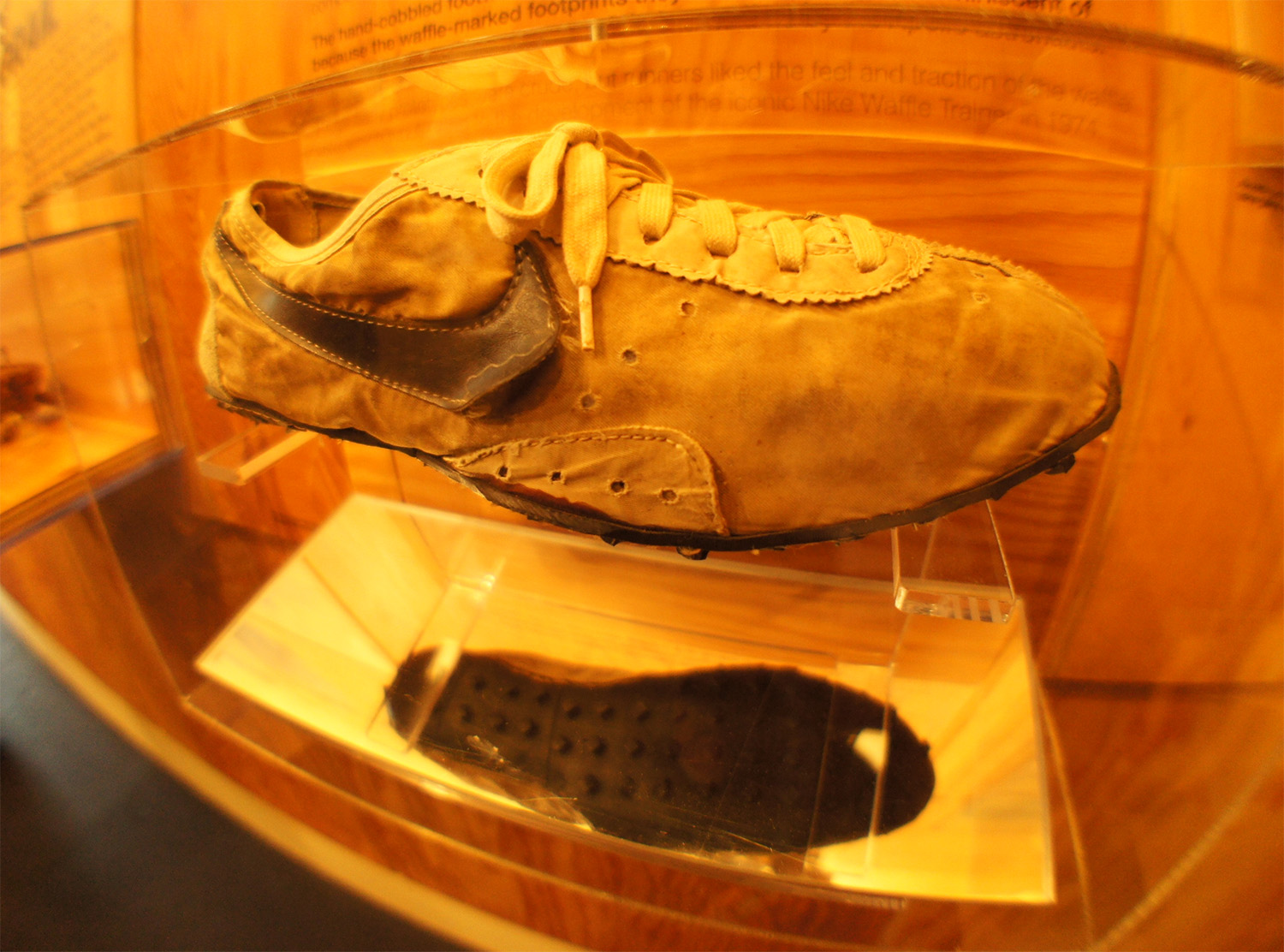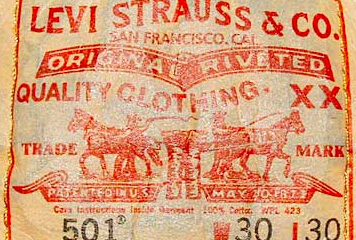 From Start-Up to Global Mega Brand – The History of Nike, Inc.
From Start-Up to Global Mega Brand – The History of Nike, Inc.
Founding and Early Years (1960s-1970s)
Nike, Inc. was founded as “Blue Ribbon Sports” on January 25, 1964, by Bill Bowerman, a track and field coach at the University of Oregon, and his former student Phil Knight. The company initially operated as a distributor for the Japanese shoe maker Onitsuka Tiger (now ASICS). Bowerman and Knight started selling shoes from Knight’s car at track meets, with the goal of providing better athletic footwear for American athletes.
In 1971, Blue Ribbon Sports launched its own line of footwear. The company hired a graphic design student named Carolyn Davidson to create a logo for $35. The result was the iconic “Swoosh” logo, which became one of the most recognizable logos worldwide. That same year, the company changed its name to “Nike,” after the Greek goddess of victory.
Rise to Prominence (1970s-1980s)
 The 1970s marked the beginning of Nike’s rapid rise in the sportswear industry. In 1972, Nike introduced its first line of Nike-branded shoes, including the “Nike Cortez,” which became highly popular among athletes. The company’s innovative designs and focus on high-quality athletic footwear quickly gained traction in the market.
The 1970s marked the beginning of Nike’s rapid rise in the sportswear industry. In 1972, Nike introduced its first line of Nike-branded shoes, including the “Nike Cortez,” which became highly popular among athletes. The company’s innovative designs and focus on high-quality athletic footwear quickly gained traction in the market.
In 1978, Nike officially became Nike, Inc., reflecting its ambitions to grow beyond just a footwear brand. The company went public in December 1980, raising $22 million in its initial public offering (IPO). The 1980s saw Nike expand its product range to include sports apparel and equipment, positioning itself as a comprehensive sports brand.
The Michael Jordan Era and the Rise of “Air” (1980s-1990s)
One of the pivotal moments in Nike’s history came in 1984 when the company signed a relatively unknown rookie basketball player named Michael Jordan to endorse its new line of basketball shoes. The Air Jordan line was launched in 1985, and it quickly became a cultural phenomenon, elevating both Nike and Jordan to iconic status. The success of the Air Jordan line helped solidify Nike’s position as a leader in the athletic footwear market.
During the 1980s, Nike also introduced the Air Max line, featuring visible air cushioning technology, which became a hallmark of the brand’s innovation in athletic footwear. The “Just Do It” campaign, launched in 1988, further reinforced Nike’s brand identity, emphasizing motivation, perseverance, and athletic excellence.
Global Expansion and Diversification (1990s-2000s)
In the 1990s, Nike continued its global expansion, opening stores and increasing its presence in international markets. The company diversified its product offerings, entering new categories like soccer, golf, and skateboarding, while also acquiring several companies to broaden its portfolio, such as Cole Haan, Converse, and Umbro.
Nike’s marketing strategy continued to focus on high-profile endorsements, partnering with top athletes like Tiger Woods, Serena Williams, and Cristiano Ronaldo. These endorsements, along with groundbreaking marketing campaigns, helped Nike maintain its status as a dominant force in the sports industry.
Innovation and Sustainability (2000s-Present)
Entering the 21st century, Nike has maintained its focus on innovation, developing new technologies such as Nike Flyknit, a lightweight, form-fitting shoe material, and Nike Air VaporMax, which features a sole entirely composed of Air cushioning units. The company has also embraced digital transformation, launching apps like Nike Training Club and Nike Run Club to enhance the consumer experience and engage with athletes worldwide.
Sustainability has become a major focus for Nike in recent years. The company has committed to reducing its environmental impact by using more sustainable materials, reducing waste, and promoting recycling. Nike’s “Move to Zero” campaign aims to achieve zero carbon and zero waste in its operations.
Current Position and Future Outlook
Today, Nike, Inc. is the world’s largest supplier of athletic shoes and apparel, with a market presence in over 190 countries. The company’s commitment to innovation, strong marketing, and a focus on sustainability continues to drive its growth. As it looks to the future, Nike remains committed to expanding its global reach, developing cutting-edge products, and promoting social and environmental responsibility.
Nike’s journey from a small distributor of Japanese running shoes to a global sportswear giant is a testament to its innovation, marketing acumen, and ability to adapt to changing market dynamics.
Main Image Source: Wikimedia Commons | Image Nike HQ: Wikimedia Commons / Image Nike Moon Shoe: Wikimedia Commons
Content Sources: Original | Generative AI


